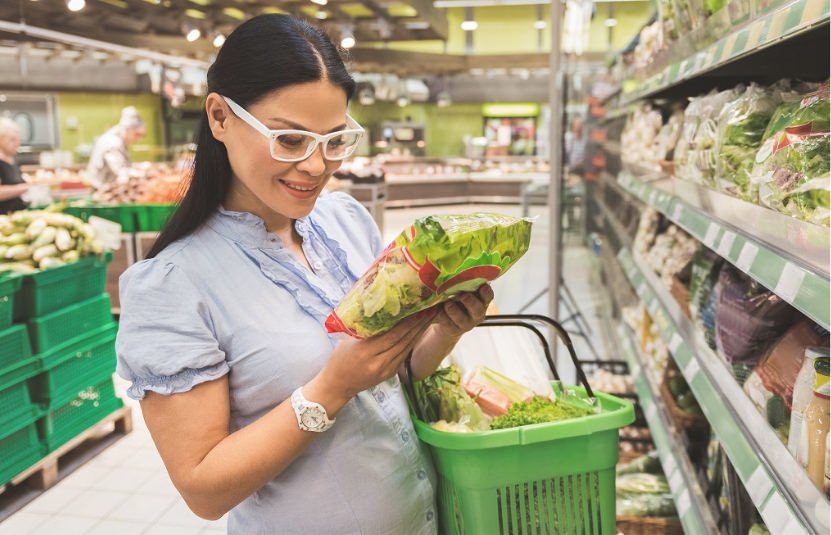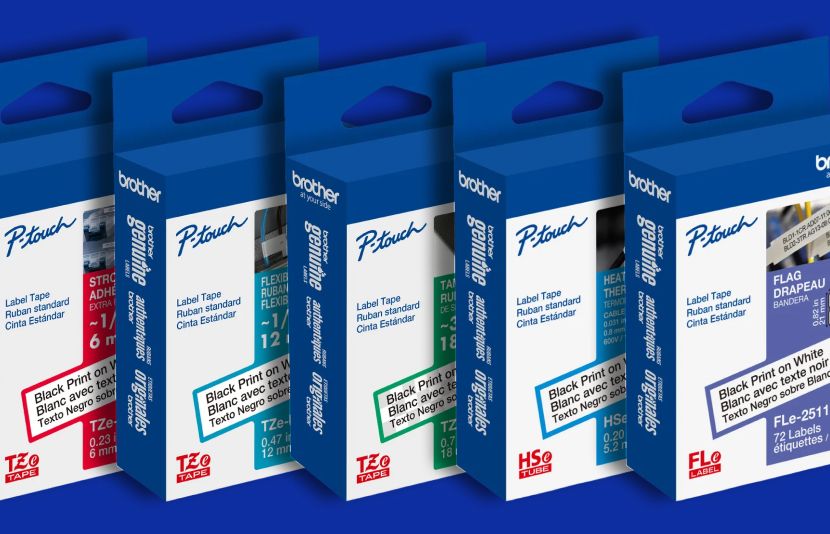Design & print industrial labels from your phone on the compact EDGE portable.

How to Make Nutrition Labels for North America

Brother Mobile Solutions has partnered with TEKLYNX, a global leader in barcode label software solutions. Together, we’re working to bring enterprises some of today’s most advanced tools to design and print industry compliant barcode labels easily and efficiently. We’re pleased to bring you this guest blog by Travis Wayne, Product Manager at TEKLYNX. It originally appeared on The Human Readable Blog, by TEKLYNX.
The nutrition label is a critical piece of information for consumers when making purchasing decisions, but for food manufacturing companies, the label is much more than calories and an ingredient list. Although changes to food labeling requirements are infrequent, when changes are made, they can be substantial. Companies need to be aware of any regulatory changes to reduce any negative impact an inaccurate label can incur such as fines, recalls, wasted materials, or negative consumer perception.
Over the last five years, the United States (U.S.) and Canada have been in a transition period to give the food and beverage industry time to implement changes introduced in 2016 to nutrition fact labels. The U.S. deadline was January 1, 2021, and the deadline for Canada is December 14, 2022. Meanwhile, Mexico recently announced changes and are currently in a transition period that ends October 1, 2025. It is important that the food manufacturers pay attention to the requirements for all three North American countries because there are a lot of similarities and slight differences between the nutrition labeling regulations. Food manufacturers must comply with labeling requirements in any areas their product is sold.
Creating Nutrition Labels for the U.S.
- Calories must be in large font
- Calories from fat are no longer required
- Serving sizes updated to reflect realistic portion sizes, also must be large font and bold
- Added Sugars is a new requirement
- Vitamin D and Potassium are required while Vitamin A and C are now voluntary
- Dual columns are required if a food can be consumed in multiple sittings
- Percent Daily Values and footnote updated
To learn more about the changes made to the nutrition label in the US, download “Navigating Food Labeling Requirements”.

Creating Nutrition Labels for Canada
- Calories must be in large font with more white space surrounding
- Calories from fat are no longer required
- Serving sizes updated to reflect realistic portion sizes
- Order of ingredients updated so nutrients that contribute to calories are listed first
- Sugars must be grouped together on the ingredient list
- Percent Daily Value required for sugars
- Potassium is required while Vitamin A and C are voluntary
- Measurements and Percent Daily Value are required to be listed for vitamins and minerals
- Footnote updated

Creating Nutrition Labels for Mexico
- Sugars must be grouped together on the ingredient list
- Added Sugars and Trans Fat are required
- List of allergens is updated and required to be in bold
- Front of Package declarations required for excessive calories, sugars, fats (saturated and trans), and sodium
- Label header updated from Nutritional Information to Nutritional Declaration
- Voluntary ingredients updated units of measurement

How Label Templates Can Help You Create Nutrition Labels
TEKLYNX advanced barcode labeling solution, CODESOFT, helps companies easily create, manage, and update nutrition fact labels. With the help of nutrition label templates, companies can establish their nutrition fact label and select the correct data directly in the software to print accurate labels in accordance with the varying nutrition labeling requirements where products are being sold. TEKLYNX also offers sample nutrition fact labels for companies to leverage to jumpstart the process!
Download a free 30-day trial to start creating and managing your nutrition fact labels with CODESOFT barcode label software.
Originally appeared on The Human Readable Blog, by TEKLYNX

Travis applies his 20+ years of IT and health sciences experience to empower businesses to streamline operations and barcode better by applying software and technology. He works to continually improve TEKLYNX’ strategic planning, product and project management principles, and cross-functional communications. When not working, he enjoys many outdoor activities with his wife and two children.





